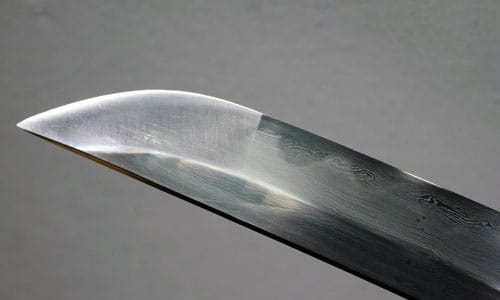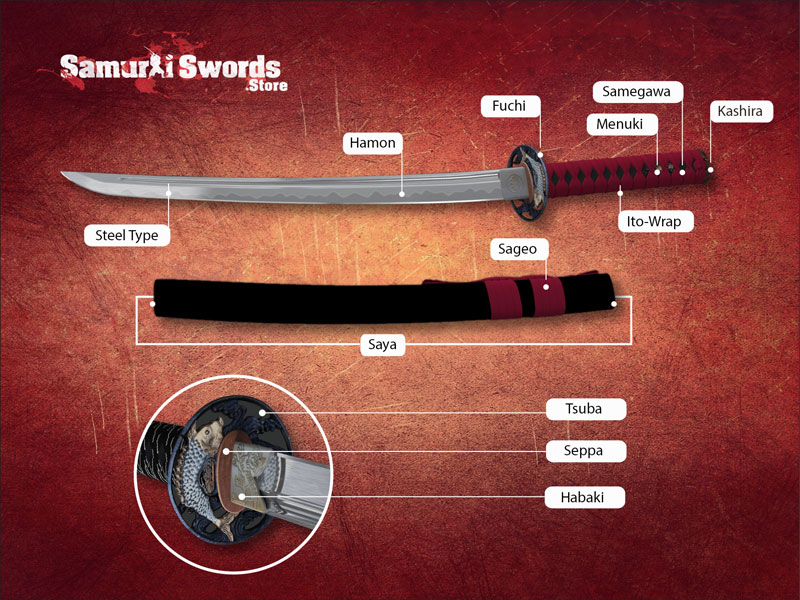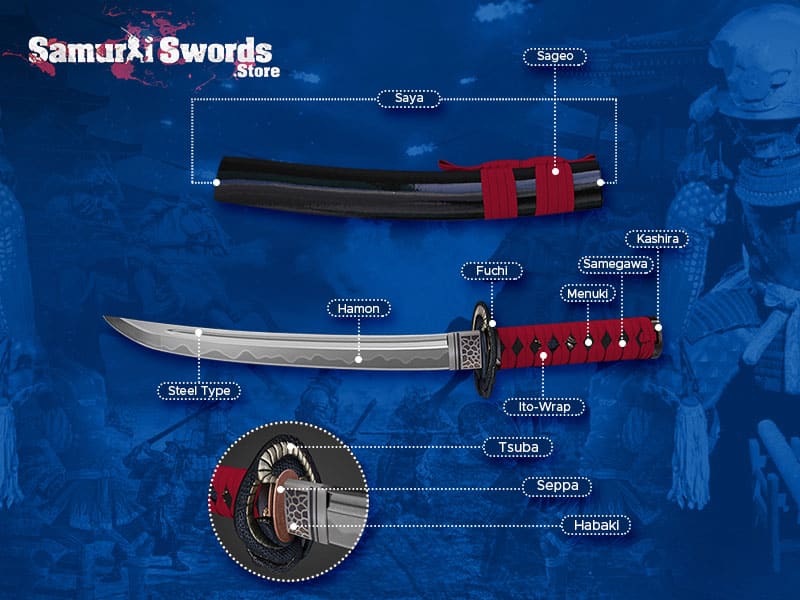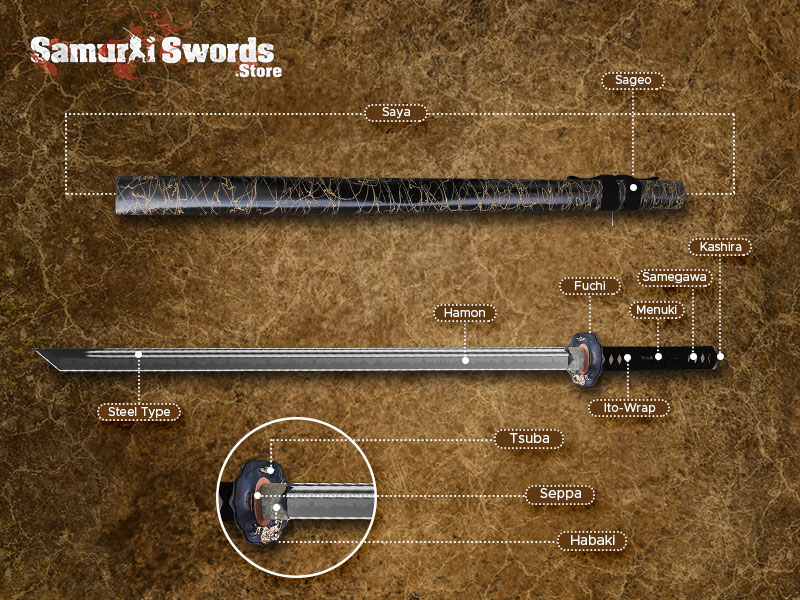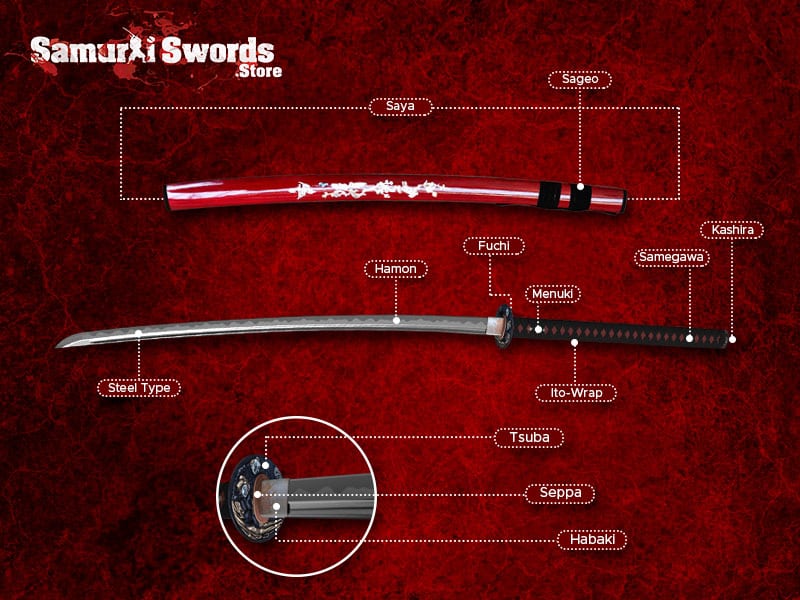Katana Blade
Yokote
Yokote – Katana Yokote Origins
The Yokote is the line that divides the body of the blade or Ji with its tip or Kissaki. There is a symmetry seen when the geometry of the blade changes from the blade to the tip.
The Katana Yokote cannot be visibly seen by the naked eye however; rest assured that this is how it will look when viewed through a powerful microscope.
Having Yokote Katana means the sword is real unlike those seen on most mass-produce Katana, Wakizashi, and Tanto. When it’s untrue it’s ugly and wrong. The blade must be forged to be able to apply a real Yokote.
In terms of making a Tanto style weapon the only one that has Yokote Katana is referred to as Osoraku. This is a blade shape style and not a polishing style. Shinogi- Zukuri tanto which has Yokote is contestable since these have broken Katana tips.
Shobu Sugata, for example, has no Yokote however, Kiriha-Zukuri and Osuraku- Zukiri has no Yokote bevel as well. This must be kept in mind when purchasing weapons. Simply put, the presence of Yokote is rare in production swords.
Why Focus on Katana Yokote
Some say that it is an obsession to bring focus to Yokote however when simply explained this is part of the polisher’s art. Having the presence of a Katana Yotoke verifies his ability as a master polisher.
Yotoke also makes it easier for the blade as a whole when it comes to the sharpening process. In the past, the emphasis was more on the hamon this was when each part of the Katana was not given much notice of in the production line.
This part is specifically essential for the sword’s overall function. In the end, it is the way the Kissaki is made that is important. Since this part is a desirable byproduct of the forging process; a side effect.
Some say that this is in simple terms reinforcement to produce better and stronger swords in this modern age. If this part is not that important how come the masters of long ago were able to produce a decent saber-like sword-like Shobu Zukuri.
To solve this dilemma, therefore, the easiest explanation would be that the Kissaki will not exist if this part is either sloppily made. Unchanged geometry lines equate to no Kissaki. Structural soundless is a key factor in a sword’s performance.
A lot of people forget that when a sword passes through targets well but, breaks in the process it has failed to perform. It becomes a useless sword, equated to a disposable one.
Therefore a wall without poorly defined support will not stand. It cannot bear the stress of the roof and other structures that make up a house. This can be compared to how a sword is built without this important part.
A Katana will not be a Katana without the presence of a Yokote. This is important for the structural integrity of the sword tip. It helps to absorb the shock, dissipates force and gives a better geometrical appeal to contribute to the sword’s soundness and strength.


